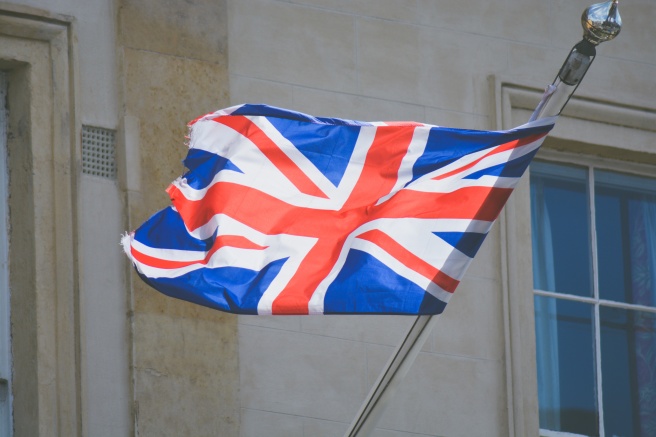‘Scaremongering’ has been the most popular term used in the media to describe the EU Referendum campaigns over this last month. Instead of facts and logical debate, we were served frightening threats to our jobs by the ‘hysterical’ Remain side, and pure racism from the Leave side. While the Remain was dubbed ‘Project Fear’ for instilling panic into the public by warning of the possibility of World War 3, anyone who dared speak out as a Leave supporter was labelled ‘racist’ and ‘selfish‘. Not only was the communication of the debate misleading and downright embarrassing, but the way the public reacted was despicable. In the end, an MP lost her life, the Leave voters realised they were promised a lie, and the level of hate crime has since risen by 57%.
Contently lists anger and fear as two of the six emotions that can influence in advertising, and it looks like these were the only focus of the debate. In a referendum that determined the future of the country, the government chose shock advertising. Rewind to 2012 when the Leveson Inquiry was set up to regulate the press in the wake of the phone-hacking scandal, and it makes you wonder how did it get to this? The media circus that surrounded all this was alight with lies and only added to the turmoil.

Last year PR Week published that 70% of the public don’t trust PR practitioners because ‘they lie’. Practitioners have been trying to remove themselves from the ‘spin doctor’ image, but this recent campaign seems like a huge step backwards. And since the result on Friday, it has only grown worse. Within hours the value of the pound decreased and moral panic began – the prime minister stepped down, Nigel Farage admitted that most of his campaign was a mistake lie, Corbyn’s party disbanded and stories of racial abuse started to circulate.
Is it any wonder that 64% of the 18-24 generation, the ones who would live with this decision, didn’t actually vote? Yik Yak was full of Manchester students unsure of which way to vote, not knowing what to believe, all trust in the country’s leaders lost. Buzzfeed had a live stream on Facebook with David Cameron in which a girl basically told him to fuck off, and Channel 4 screened a total shambles debate where media personalities didn’t really seem to know what they were talking about. There was even a live stream on Facebook from Bite the Ballot where a hip hop artist rapped about the EU Referendum, and I cringed as the number of viewers dropped rapidly. It’s less about being ‘down with the kids’ and more about just answering questions with real facts.
In conclusion, the same ‘spin’ and propaganda that gave Public Relations a bad name in the past was dug up during this referendum, and the media circus is not leaving town soon. Preying on the public’s fears, lying and inspiring hate has only distanced the people from their leaders. I only hope the future of PR in politics will learn from this.


